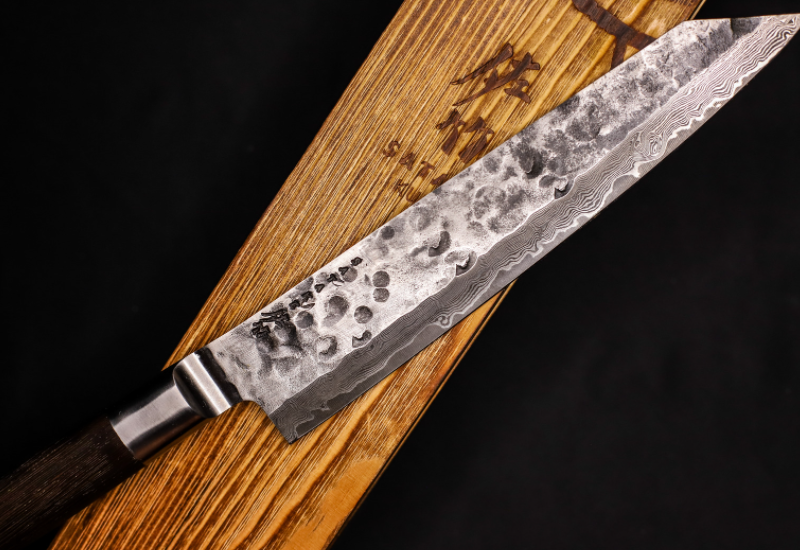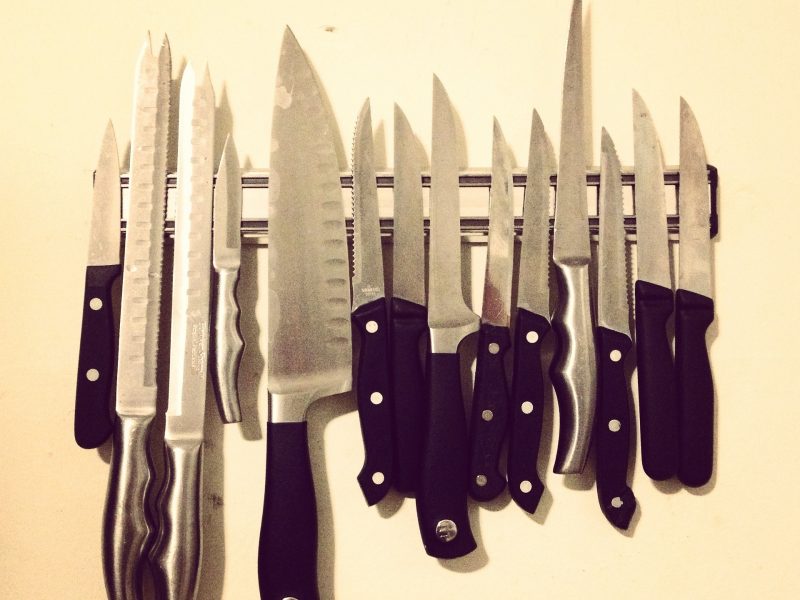Japanese cuisine, specifically Japanese delicacies like sushi and sashimi, tops the world charts for intricate processes and fine selection of ingredients. Apart from the perfect blends of divine tastes and flavors of both delicate and exotic ingredient choices, mostly seafood and raw fish fresh from sea, the creativity of putting various ingredients together along with modern, yet traditionally unique styling of ingredient placement and Japanese food aesthetics warm the hearts of gourmets worldwide.
The techniques to successfully craft Japanese dishes not only include the seasonings of veggies, the recipe of original sauces and dips, or the selection of fresh seafood and poultry – the mastery of the blades is one that holds a high significance in Japanese cuisine and a major component that completes the identity of Japanese food.
As Japanese dishes require delicate handling of ingredient selection and food preparation processes, not anyone can master the skills of using a Japanese knife in the matter of minutes or days. Sushi and sashimi may seem like simple dishes that only consist of raw seafood or fish topped on formed, cooked Japanese rice.
However, there is more to just placing a piece of raw, filleted fish on top of cooked Japanese rice – crafting Japanese delicacies will also require the dedication to complete all processes with careful handling of equipment and materials.
With this, Japanese food chefs and culinary experts are always in the search for extremely helpful Japanese cutleries to aid in various food preparation processes. Sushi and sashimi dishes, specifically, will require the essential skills of the blades to perfectly slice through, cut, chop, and fillet fresh ingredients. Each Japanese knife type will have its unique function that comes along with distinct features and specifications that differ in size, weight, and capabilities. Some of the common knife types include: Gyuto knife, Santoku knife, Deba knife, Sujihiki knife, Yanagiba (Sashimi) knife, and Nakiri knife. As each knife type will be needed for different purposes, Japanese food professionals and chefs often own more than two or three knife models in the kitchen.
Japanese knives are different and unique – different from that of the common Western knives, Japanese knives are made out of hard steels like high prime carbon and premium-quality stainless steel to support dense-textured ingredients like hard bones.
Japanese knives are forged with the traditional technique which can only be done by professionals and highly-skilled blacksmiths. What makes Japanese knives special is its intricate build and powerful capabilities – each Japanese knife is forged by hand through special techniques and skills to bring out specific features suitable for varying purposes. Therefore, instead of just a common kitchen knife, a Japanese knife is among the world’s most beautifully crafted cutleries with long history behind the lightweight, yet exotic blades.
Similar to that of a Samurai’s blade, a Japanese knife holds strong significance to knife users and the tradition of making Japanese delicacies. Caring for Japanese knives is also crucial for both knife users and knife collectors, as these knives are delicate and will require careful handling after usage. Apart from the excellent features and specifications that guarantee knife users perfect food preparation processes, Japanese knives are as well among the most-loved collectibles for knife collectors from different parts of the globe.
As each knife by particular brands depict illustrations of nature, Gods, and other traditional symbols, Japanese knives are indeed, no doubt one of the best items to have in possession, as they not only perform the tasks required to craft Japanese delicacies like sushi and sashimi – they represent the stunning traditions of ancient Japan through modern technology of blade forging and unique design.

